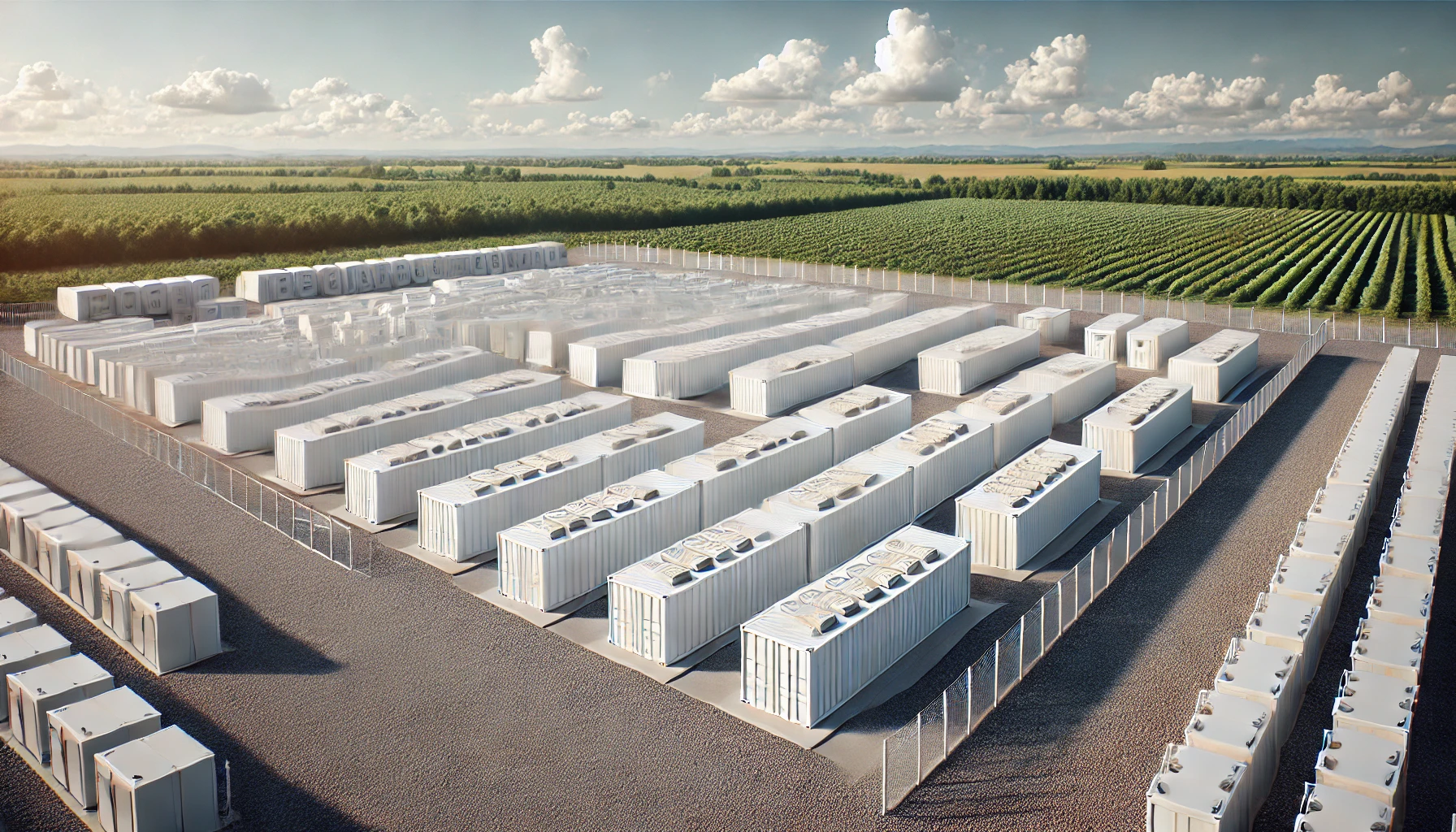This article was contributed by Nick Green, Head of Energy, Infrastructure and Renewables at Savills
As the UK strives to achieve its clean power by 2030 and net zero emissions by 2050 targets, the future role of energy storage cannot be underestimated. Storage technologies, such as batteries are essential for managing the intermittency of renewable energy sources like wind and solar, ensuring a stable and reliable energy supply.
Long Duration Energy Storage (LDES) refers to technologies that can store energy for extended periods, ranging from several hours to days, weeks or even months. Unlike short duration storage solutions, which typically discharge energy within a few hours, LDES technologies provide a more sustained and reliable energy supply.
The Clean Power 2030 Action Plan estimates that we could need to double our current LDES capacity and according to a report by the Royal Society, the UK will require up to 100 terawatt hours of energy storage by 2050. To address this need, the Department for Energy Security and Net Zero (DESNZ) has been consulting with industry stakeholders to develop a policy framework that encourages investment in LDES technologies.
One of the key proposals is a cap-and-floor regime, which provides revenue certainty for investors by setting a minimum and maximum revenue threshold. This mechanism aims to mitigate the financial risks associated with LDES projects and attract private investment and is expected to launch in Q2 2025.
LDES technologies
Pumped Hydro Storage (PSH)
Pumped hydro storage is the most mature and widely used forms of LDES. It involves pumping water from a lower reservoir to an upper reservoir during periods of low energy demand. When energy demand is high, the water is released back to the lower reservoir, generating electricity through turbines. The UK already has a number of operational projects and further project are under development.
Compressed Air Energy Storage (CAES)
CAES systems store energy by compressing air and storing it in underground caverns or tanks. When electricity is needed, the compressed air is released, heated, and expanded through turbines to generate electricity. This technology offers the advantage of large-scale energy storage with relatively low capital costs. However, it requires suitable geological formations for underground storage.
Liquid Air Energy Storage (LAES)
LAES systems use excess electricity to liquefy air, which is then stored in insulated tanks. When electricity is needed, the liquid air is evaporated and expanded through turbines to generate electricity.
Redox Flow Batteries
Redox flow batteries store energy in liquid electrolytes contained in external tanks. The electrolytes flow through a cell stack, where chemical reactions occur to store and release energy. These batteries offer the advantage of scalability, as the energy storage capacity can be increased by simply adding more electrolyte tanks.
Thermal Energy Storage
Thermal energy storage systems store energy in the form of heat or cold, which can be used to generate electricity or provide heating and cooling.
The future
Long Duration Energy Storage technologies are poised to play a critical role in the UK’s transition to a low carbon energy system. By providing reliable and flexible energy storage solutions, these technologies can help balance supply and demand, reduce energy waste, and enhance the resilience of the energy grid.

